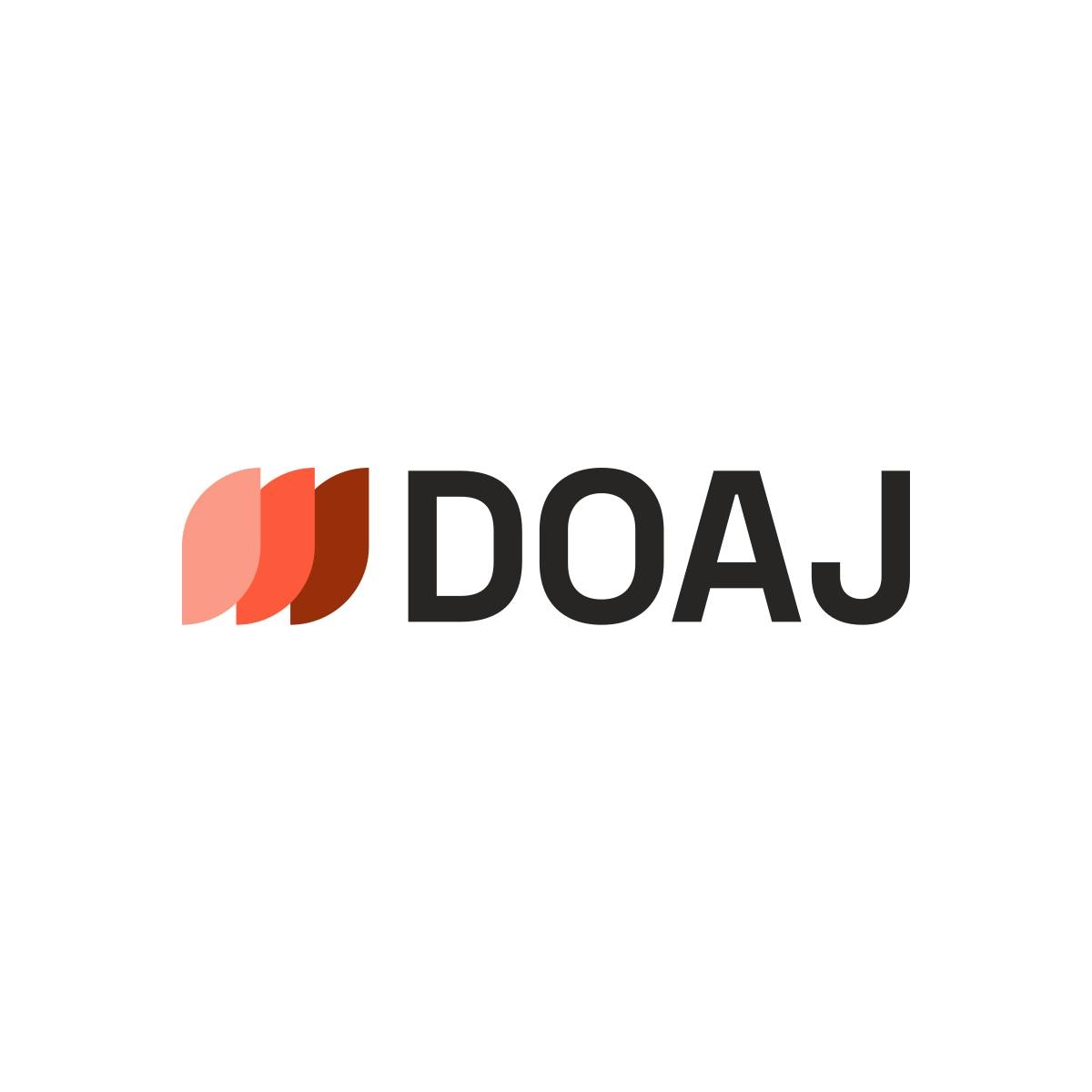Industrial mining and artisanal mining, two forms of space production.
DOI:
https://doi.org/10.29019/eidos.v13i18.989Keywords:
intermediate city, social interactions, narratives, urban periphery, neighborhoodsAbstract
Extractivism means both an economic system and a model of territorial appropriation. Appropriation of material and immaterial resources that tend to reorganize the space and ways of life of the territories, transforming it substantially with irreversible social, environmental, economic and spatial implications. In this sense, the present research, through a cross-sectional study that relates the space and the actors that produce it, constructing descriptive diagrams and drawings that reflectively detail the space of the extraction, makes an introspection on the socio-cultural characteristics, space generated by mining extractive activities in the Ecuadorian Amazon foothills where large-scale industrial activities and small-scale (informal) artisanal activities converge. It is argued that industrial mining triggers linear processes while artisanal mining triggers dense processes with incremental logics.
Downloads
References
Acosta, A. (2013). Extractivism and Neoextractivism: Two Sides of the Same Curse. En: Lang M., Mokrani D. (eds.) Beyond Development: Alternative Visions from Latin America (pp. 61-86). Rosa Luxemburg Foundation and Amsterdam Transnational Institute.
ARCOM, Agencia de Regulación y Control Minero. (2015). Geoportal de Catastro Minero. Disponible en: http://geo.controlminero.gob.ec:1026/geo_visor/. (Acceso 23 de abril 2020).
Castells, M. (1974). La cuestión urbana. Siglo XXI Editores
Correa, F. (2016). Beyond the City: Resource Extraction Urbanism in South America. University of Texas Press.
Drobe, J. et al., (2008), Mirador Copper-Gold Project 30,000 TPD Feasibilty Study. Disponible en: http://www.corriente.com/media/PDFs/news/technical_reports/MIRADOR_30K_Report_FINAL_SEDAR.pdf
Echeverría, B. (1998). La modernidad de lo barroco. ERA
Environment Canada. (2009). Environmental Code of Practice for Metal Mines. Disponible en: https://www.ec.gc.ca/lcpe-cepa/documents/codes/mm/mm-eng.pdf.
Gago, V. (2014). La razón Neoliberal: economías barrocas y pragmática popular. Tinta limón.
Gudynas, E., (2010). El nuevo extractivismo progresista». En El Observador Del OBIE 8: (pp.1-10).
Gudynas, E. (2013). Extracciones, extractivismos y extrahecciones. Un marco conceptual sobre la apropiación de recursos naturalesa. En Observatorio del Desarrollo. CLES Centro Latino Americano de Ecología Social 18. Disponible en: http://extractivismo.com/wp-content/uploads/2016/06/GudynasApropiacionExtractivismoExtraheccionesOdeD2013.pdf.
Harvey. D. (2005). El “nuevo” imperialismo: acumulación por desposesión. CLACSO
INEC. (2010). Censo de Población y Vivienda 2010-Pobreza por Necesidades Básicas Insatisfechas- NBI. Disponible en: https://www.ecuadorencifras.gob.ec/pobreza-por-necesidades-basicas-insatisfechas/.
Leary S., et al. (2016). Discovery, Geology and Origin of the Fruta Del Norte Epithermal Gold-Silver Deposit, Sourtheastern Ecuador. Economic Geology, 111: 1043-72.
Ley de Minería. (2018). Disponible en: http://www.controlminero.gob.ec/wp-content/uploads/downloads/2018/08/Ley-de-Minería-21-mayo-2018.pdf.
Massuh, G. (2014). El rrobo de Buenos Aires: la trama de corrupción, ineficiencia y negocios que le arrebató la ciudad a sus habitantes. Sudamericana.
Ministerio de Economía y Finanzas. (2019). Disponible en: https://www.finanzas.gob.ec/usd-3-800-millones-de-inversion-minera-hasta-2021-daran-mas-prosperidad-al-ecuador/
Ministerio de Minería. (2017). Rendición de cuentas 2017. Disponible en http://historico.mineria.gob.ec/rendicion-de-cuentas-2017/
Sacher, W., y Acosta, A. (2012). La Minería a gran escala en Ecuador: Análisis y datos estadísticos sobre la minería industrial. En El Ecuador. Abya-Yala
Sánchez, L.; Leifsen, E., y, Verdú, A. M. (2017). Minería a gran escala. En Ecuador: conflicto, resistencia y etnicidad. Revista de Antropología Iberoamericana 12(2): 169-92.
Sordi, J.; Valenzuela L., y Vera F., (2017). The Camp and The City: Territories of Extraction. Rovereto-Italy: LISt Lab.
Svampa, M., y Viale. E., (2014). La Argentina del extractivismo y el despojo. Katz.
Turner, J. (1972). Housing as a Verb. En Turner J., and Fichter R., (eds.) Freedom to Build; Dweller Control of the Housing Process. Macmillan.
Van Teijlingen, K. (2016). The ‘Will to Improve’ at the Mining Frontier: Neo-Extractivism, Development and Governmentality in the Ecuadorian Amazon. Extractive Industries and Society 3(4): 902-11
Topalov, C., (1979). La urbanización capitalista. Edicol
Zhang, J. et al. (2011). Land Use-Based Landscape Planning and Restoration in Mine Closure Areas. Environmental Management 47(5): 739-50.
Plan Nacional de Desarrollo del Sector Minero., (2016.), Disponible en: http://www.competencias.gob.ec/wp-content/uploads/2017/06/04PPP2016-PLAN.pdf>>. (Acceso 12 de junio 2020).
Downloads
Published
How to Cite
Issue
Section
License
Copyright (c) 2021 El Autor

This work is licensed under a Creative Commons Attribution 4.0 International License.













